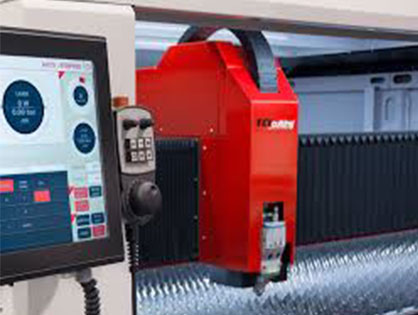The Opportunity
The AGC (Automatic Gauge Control) is a multivariable control system, which aims to regulate the thickness of the sheet at the outlet of a cold rolling mill.
Our client had installed an AGC based on a computer Hewlett-Packard HP-1000 from the 80’s, and the controlling algorithms programmed in Fortran 77.
Due to technological obsolescence as well as the end of the technical support from the supplier, it was necessary to apply reverse engineering to the AGC, completely replacing the existing system with a new one based on the latest technologies.
The Solution
The solution designed by Tecnoap focused on a scalable hardware architecture, based on a VXI Controller with Intel processors and Lynx Operating System, a Real-Time Unix compatible with Posix.
The real-time tasks executed by the controlling algorithms were executed timed every 2 milliseconds.
For the programming of the controlling algorithms, a visual environment was developed for the edition of the functional block diagrams. The environment contained a code generator in C++, which generated the corresponding code for the execution of the block diagrams. The code was compiled automatically and downloaded to the controller for execution, this entire process was transparent to the user.
The controlling algorithms were migrated from Fortran 77 to a block diagrams, after re-engineering them. The process was tedious and complex, due to the the lack of documentation and best programming practices, which made difficult the understanding of the operation.
Thanks to the participation of experienced engineers in the field of control, programming and real-time systems, the complete migration and
re-engineering were achieved successfully.
The Results
The AGC was installed and put into operation in 30 days, without stopping production and without breaking a single sheet metal coil. It continued to operate for the next ten years, until it was again replaced due to technological obsolescence by high-speed PLCs. The Cold Rolling Mill achieved a net productivity of 200 Tons per hour, a net efficiency of 102% and a thickness deviation of no more than 1% at an output (exit) speed of 1200 meters per minute.

